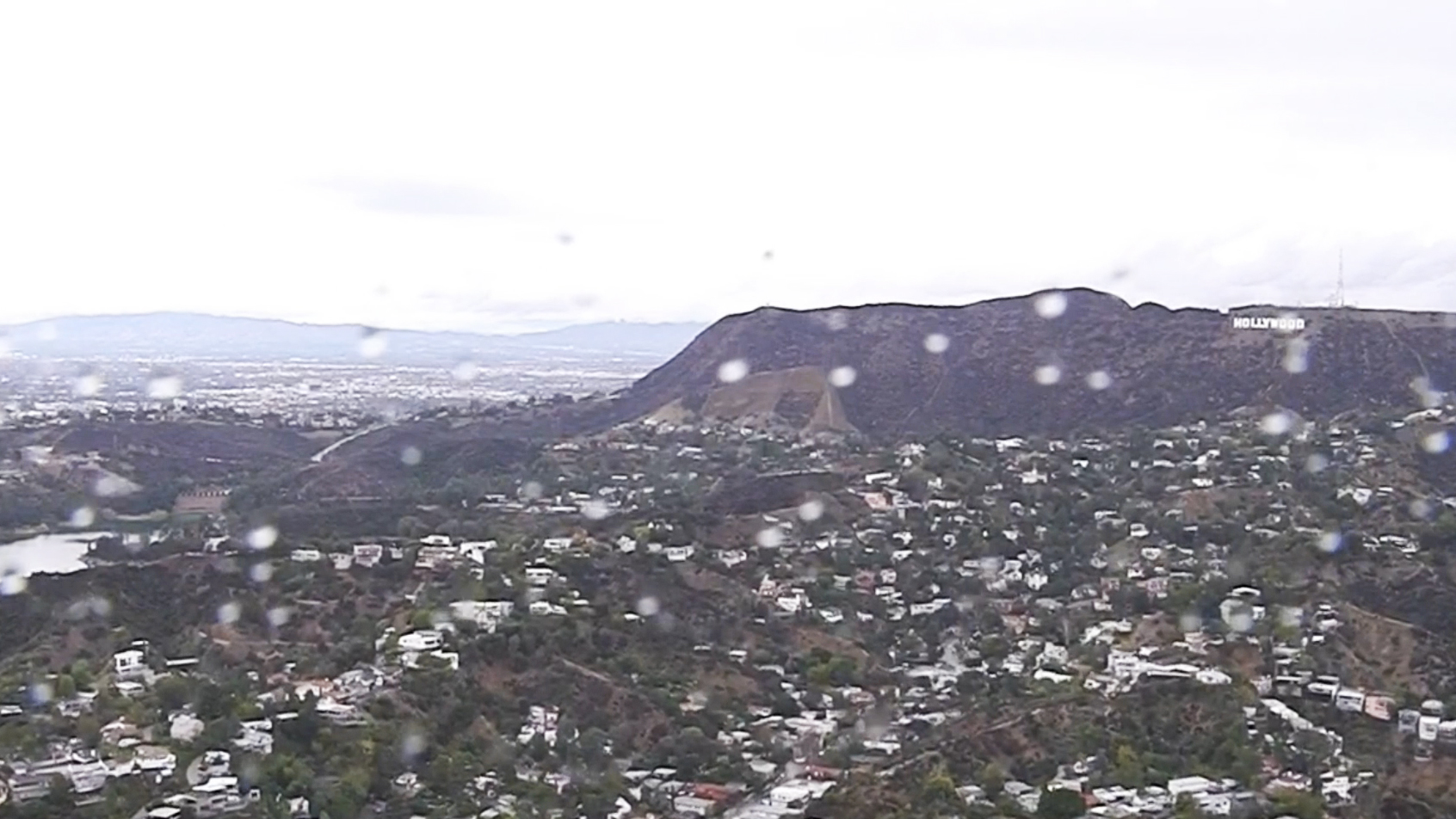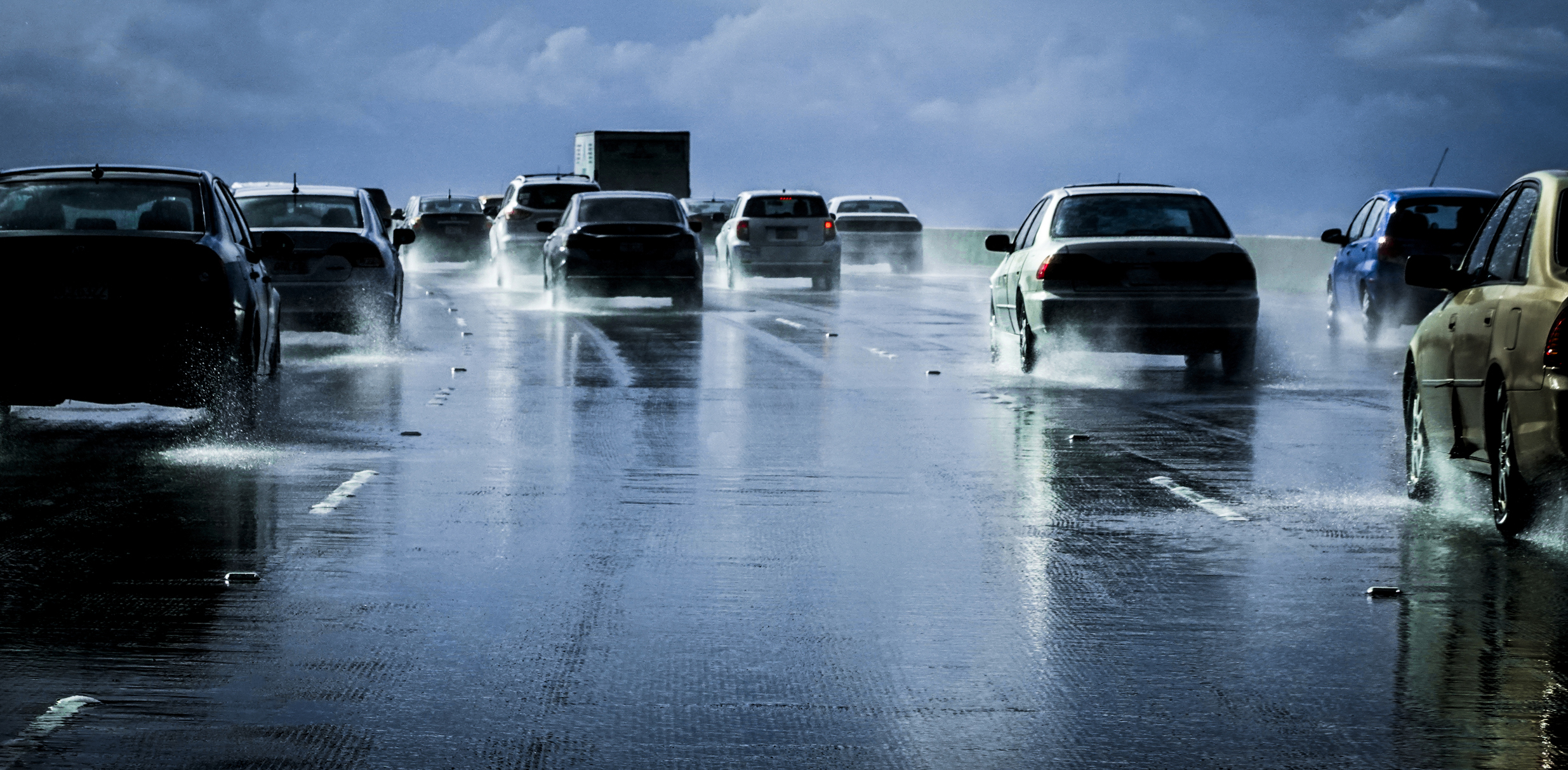An effort in the San Fernando Valley is helping capture rainfall. Patrick Healy reports for the NBC4 News on Thursday, Dec. 9, 2021.
Every time it rains, Angelenos might be thinking: are we saving any of that rain water?
Thursday's storm brought some much needed rainfall, but with a burgeoning drought, many Southern California residents are wondering if we benefitted at all.
Some of Thursday's storm water went to waste in concrete drainage channels. Otherwise fresh runoff was carrying trash and other pollutants eventually out to sea.
There is a better way -- and Esther Woo can show you.
Get top local stories in Southern California delivered to you every morning. Sign up for NBC LA's News Headlines newsletter.
"So the water coming in this way, and once it gets to the curb cut, it goes into the bioswale," Woo, an engineer with LA Sanitation and Environment, explained as she stood over an otherwise normal looking traffic median with landscaping.
Woo showed off the recently finished Green Street project in North Hollywood along Victory Boulevard east of Goodland in the Valley Glen neighborhood. Runoff captured on the island with vegetation, and in underground chambers below the roadway, percolates through the soil and replenishes groundwater below that someday will be drinking water.
"Diverting water from streets. The water would have otherwise gone into the storm drain and into the LA River, and straight into and ocean," she said.
The Green Street project medians look like a normal traffic median, but with a slope in the middle of the landscaping. This not only captures the water, but also prevents street flooding.

Thursday's front did not bring enough rain to be much of a test, but Woo said just this one project -- and more are coming -- is designed to gather enough water to cover 100 acres a foot deep in a year.
Or putting it another way:
"That's about 50 Olympic-sized pools a year. I'd say that's a significant amount," she said. "Every drop matters."
Indeed with much of California back in drought, the most recent storm's rainfall is not changing that, but it is providing everyone with a yard an easy opportunity to conserve water.
"The number one thing you can do is turn off your irrigation system," said Krista Guerrero, a MWD resource specialist.
Some homes have automatic systems to shut down the sprinklers when it rains.
Guerrero says that tool can be extended even when it's not raining.
"Because of the low temperatures that we have right now and cooler weather, we don't need water for the next few days so we can leave those systems off," she said.
Several such measures are in place on one block of Elmer Avenue. It could be a template for the future.
Obviously rainfall capture projects cannot manufacture additional water, but you know the old saying: a penny saved is a penny earned.
A gallon saved is one fewer to be imported from Northern California or the Colorado River.



